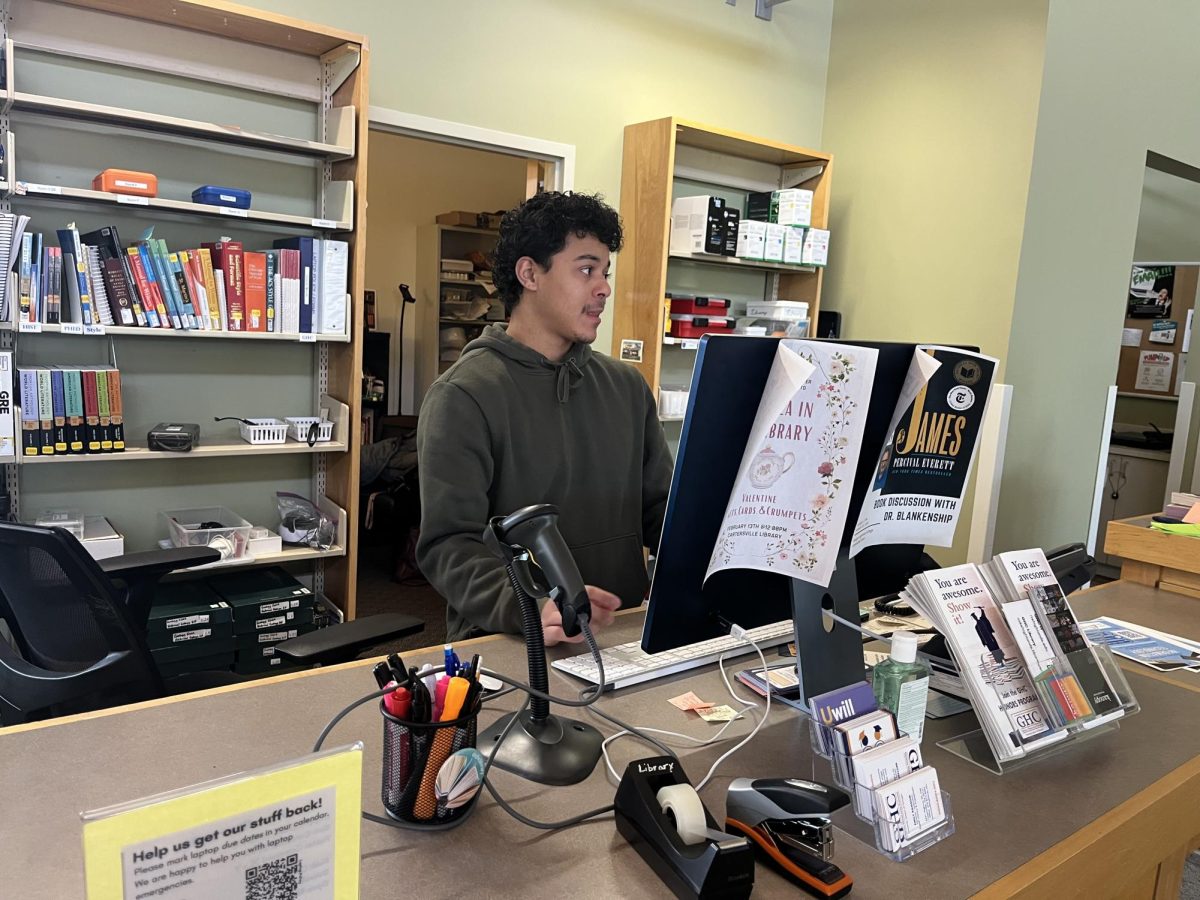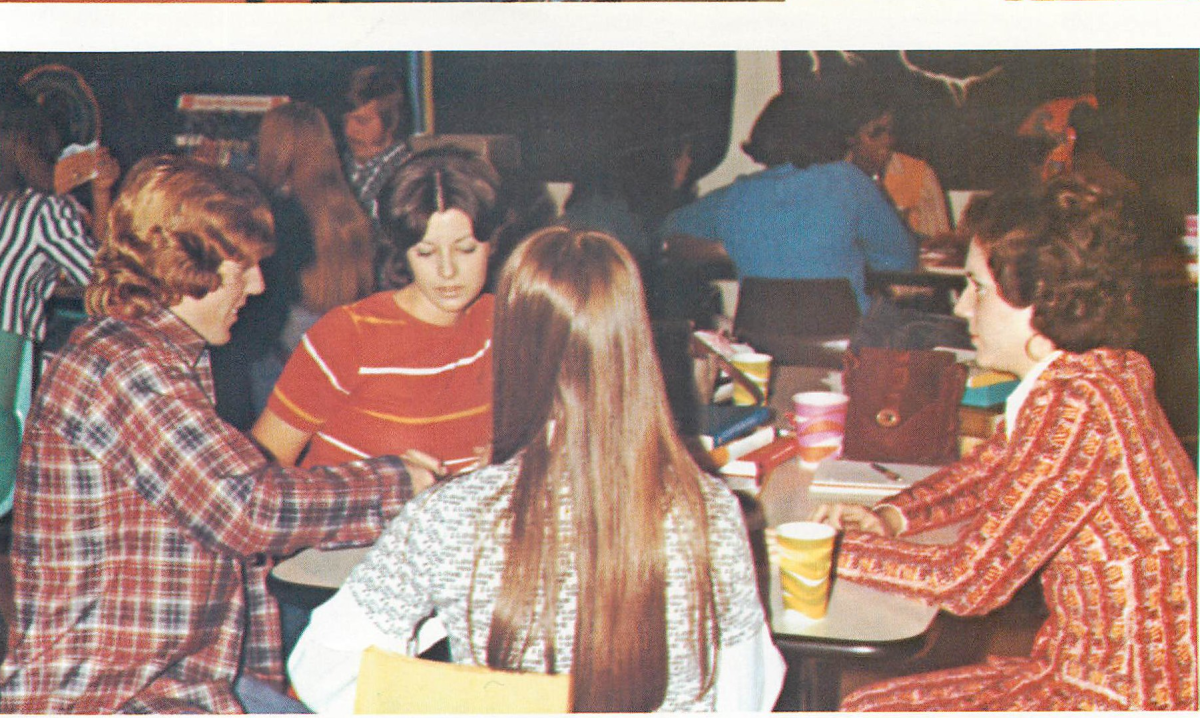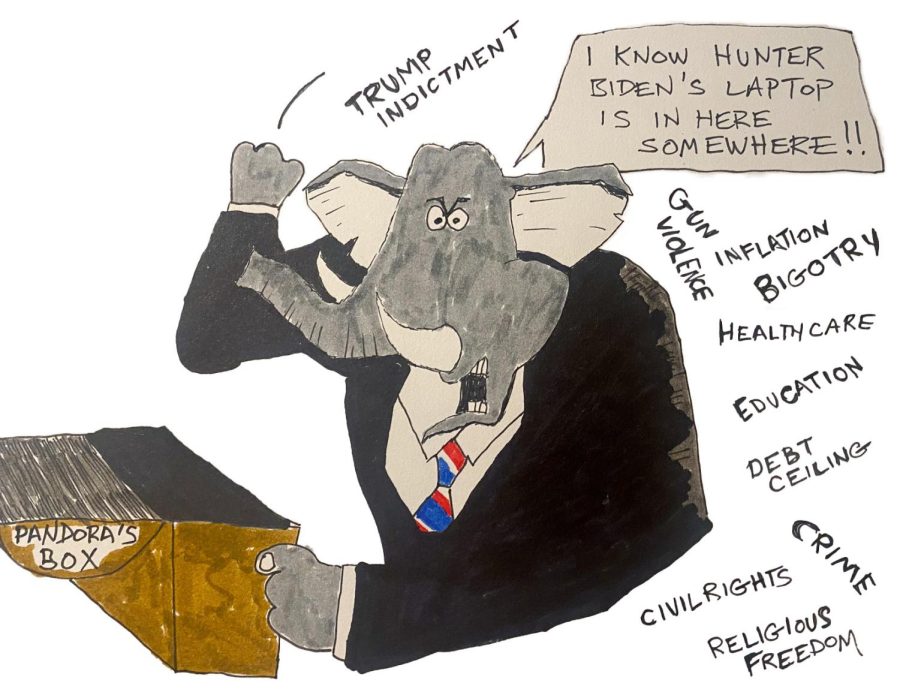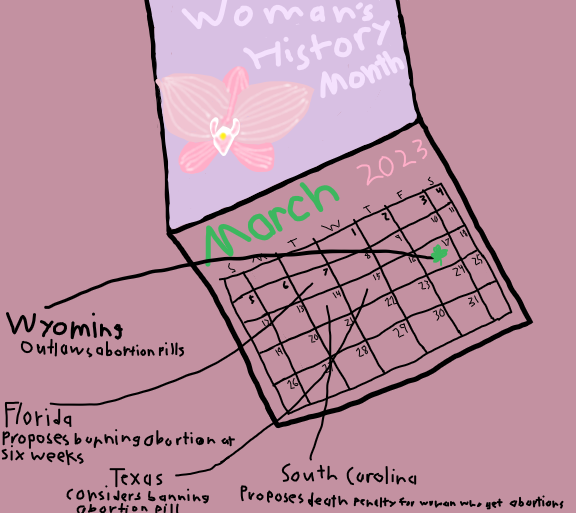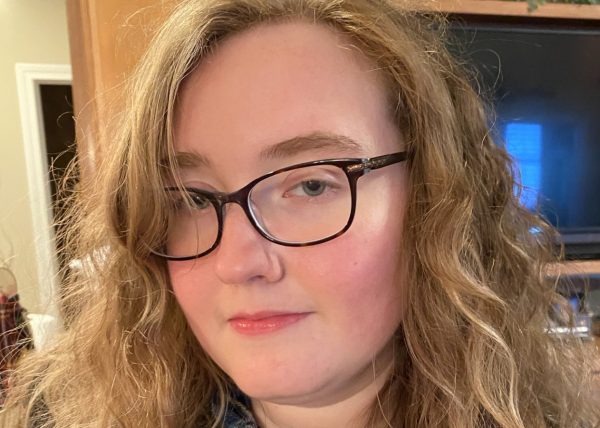Review: ‘Interview with the Vampire’ highlights color in storytelling
November 28, 2022

The AMC original television series “Interview with the Vampire” premiered on Oct. 6. It was revealed in a Variety article that the series currently ranks number one in AMC+ viewership and acquisition for a new series.
The TV series, like the 1994 film, are adaptations of Anne Rice’s 1976 novel. It reimagines the original story and draws in new and old fans with a new setting and background for the characters.
“Interview with the Vampire” is a bold departure from its source. It recontextualizes Rice’s original story by reimagining the novel’s narrator, Louis du Pointe du Lac, as a free black man instead of a white plantation owner over 100 years after the original setting of the novel.
The AMC reflection of Louis’ experiences as a black man exemplifies the importance to all writers, especially GHC students pursuing film and creative writing, the importance of acknowledging experiences of people of color instead of colorblind representation. Louis’ blackness informs his choices and relationships within the story instead of being ignored.
“Characters’ race influences the story by showing their experience in what is happening. They add to the story when showing their background, how they add to dialogue sometimes, and their overall response to the story,” Mackleen Desravines, associate professor of English, said.
Jacob Anderson, the actor for Louis in the series, described the change in an interview with the Washington Post as “color-conscious versus color blindness.”
A New York Times article described a problem that has arisen with colorblind casting. “Careless colorblind casting — in animated roles, in live-action roles on TV, movies or the stage — assumes that identities amount to nothing and that all experiences are transferable, which is far from the reality.”
“Interview with the Vampire” writers avoided this fault by showing black culture on screen and Louis’ struggle against discrimination with sensitivity in a series full of horror.
Host of the AMC “Interview with the Vampire” Podcast, Naomi Ekperigin, discusses with guest Tananarive Due, UCLA professor and author, how AMC deals with race in the first episode and how they took a piece of white literature and made it black horror.
“How many times do you see black characters where you never follow them home? We never meet their family. They’re just an isolated black casting choice that has nothing to do with the same fabric of the story,” Due said. “I love the way this new ‘Interview with the Vampire’ series actually weaves in blackness.”
Daniel Malloy, the journalist Louis tells his story to, highlights the relationship imbalance during episode two of the series: “White master, black student, but equal in the quiet dark.”
This line allows viewers to recognize the present imbalance of power and foreshadows Lestat’s depiction as a villain through his manipulation of that power imbalance in later episodes. While present in the original novel, Louis’ blackness furthers that divide of power by recognizing the impact of discriminatory societal ideas during the early 20th century.
If Louis’ blackness had been ignored, the conflict between Lestat and Louis would have lacked the depth and layers AMC created within the series. Without proper acknowledgment of the world around the characters, the series’ world-building would have fallen flat and lacked the problems of humanity that the vampires struggle with throughout the novel and series.
“Not every person in a race acts the same. Unless it is important, acknowledging their race may not weigh as heavily,” Desravines said. “The goal is to push the story out as strong as possible. This may mean not getting a reflected experience.”
The representation in AMC’s “Interview with the Vampire” adaptation depicts how color impacts a character and sets an example for how writers need to consider the impacts of POC experiences within the story. However, each project is different and requires writers to consider the story as a whole.




